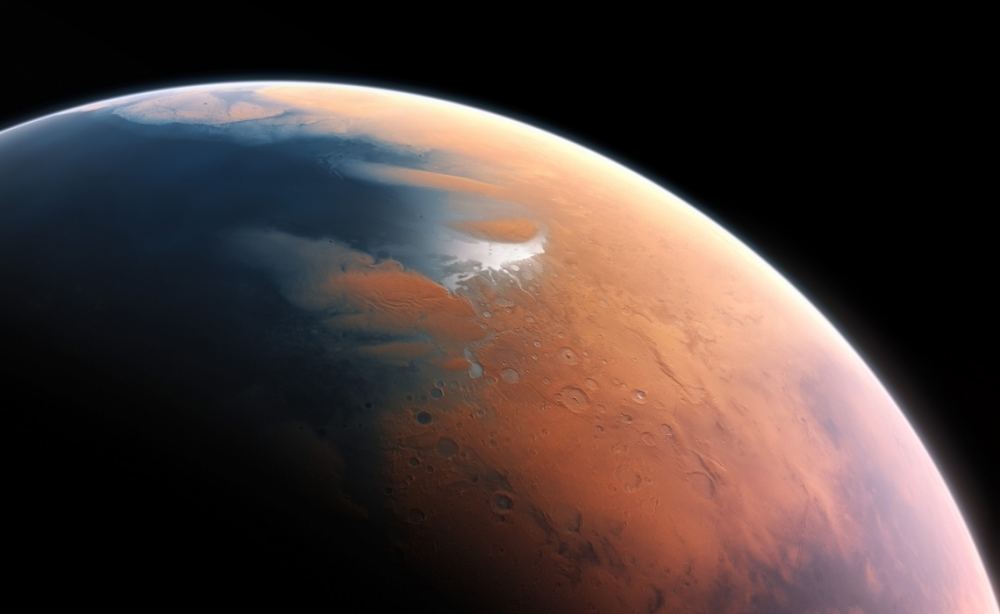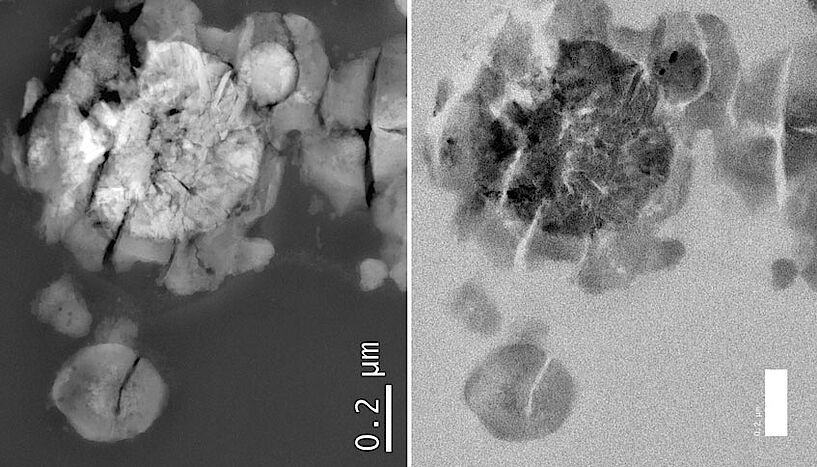Mars is often considered to be the planet most similar to the Earth. Earth however, is capable of supporting life, Mars on the other hand could not. There was once a time when it was warmer and wetter and could support life. Exploring life on Earth shows us that bacteria known as extremophiles can live in the most harsh conditions on Earth, it may just be possible that there are places on Mars that could also support these hardy forms of life. A new paper explores that possibility by studying the most extreme Earth-based bacteria that could survive under ground on Mars.
Where’s the Most Promising Place to Find Martian Life?

New research suggests that our best hopes for finding existing life on Mars isn’t on the surface, but buried deep within the crust.
Continue reading “Where’s the Most Promising Place to Find Martian Life?”Early Life on Mars Might Have Wiped Out Life on Mars

Life might have wiped itself out on early Mars. That’s not as absurd as it sounds; that’s sort of what happened on Earth.
But life on Earth evolved and persisted, while on Mars, it didn’t.
Continue reading “Early Life on Mars Might Have Wiped Out Life on Mars”Did Ancient Martian Life Eat Rocks For Food?
Some lucky astronomers get to work with some of the rarest material in the world. Real Martian meteorites are extraordinarily rare, but are invaluable in terms of understanding Martian geology. Now, one of the most famous meteorites, nicknamed “Black Beauty”, is helping shed light on a much more speculative area of science: Martian biology.
Continue reading “Did Ancient Martian Life Eat Rocks For Food?”Since Perseverance is Searching for Life, What Will it Be Looking for?

You have to be careful what you say to people. When NASA or someone else says that the Perseverance rover will be looking for fossil evidence of ancient life, the uninformed may guffaw loudly. Or worse, they may think that scientists are looking for actual animal skeletons or something.
Of course, that’s not the case.
So what is Perseverance looking for?
Continue reading “Since Perseverance is Searching for Life, What Will it Be Looking for?”There’s Evidence That Mars Once Had an Atmosphere With Less Oxygen. A Possible Biosignature For Life?
Remote sensing is only useful if scientists have an idea of what they are looking at. That knowledge is especially important for remote sensing applications on other planets, such as Mars, where it is extraordinarily difficult to collect information about an observed object in any other way. To make up for the lack of ability to perform other tests in situ, scientists set up laboratory experiments with different environments and materials and compare the remote sensing data with the observed remote objects.
That is exactly what Jiacheng Liu, a doctoral student at the University of Hong Kong, did with remote sensing data from the surface of Mars. What he found gave new weight to a novel theory – that Mars didn’t used to have a significant amount of oxygen in its atmosphere. The fact that it does now prompts the question of where all the oxygen that exists in the atmosphere today came from. One possible answer is the same place it came from on Earth – photosynthetic life.
Continue reading “There’s Evidence That Mars Once Had an Atmosphere With Less Oxygen. A Possible Biosignature For Life?”


